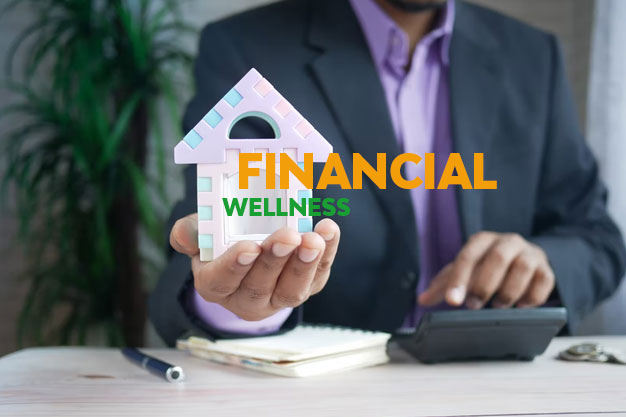Everyone wishes to achieve financial wellness by being in control over their day-to-day finances. People want to be able to absorb financial shocks and yet be on track to achieve their financial objectives. They wish to have the financial flexibility to make the choices that allow them to enjoy life.
Debts, if not managed properly, serve as an obstruction to these goals. Nobody likes to be in debt, yet this seems to be an unavoidable option in today’s financial scenario. While being in debt is inevitable, not being in control of debt is what will ultimately lead to one’s downfall.
In order to gain control of your debt, it is important to strategize and adopt means and methods to eliminate it in a step by step manner. You will need to think about your spending patterns and behavior. You will need a plan for crisis or emergency situations that could lead to additional debts, and most important – you need to recognize the specific psychological problems that could stand in the way of clearing debts.
A simple plan to combat debt would include the following steps:
Step 1: Know your Income and Expense:
The first step would be to correctly calculate your monthly income and expense. Make a list of all the sources of income you have. Then, make a list of all the monthly expenses that you would be likely to incur. The expense should account for all regular and likely expense for the month.
Step 2: Prepare a Budget:
One of the primary steps towards debt control is to prepare a budget and live by it. Rigorous self discipline to regulate spending on an even keel is the hallmark of a good debt repayment plan. Take accountability for your spending actions and adopt any and all means to keep expenses at a minimum. When you prioritize debt repayment, you can seek ways and measures to save money – Take up a part time job, opt to do freelance work, seek out discount offers, ditch the car and fuel expenses, in favor of public transport etc…
Step 3: Rank the debts in order:
The next step would be to list down all the debts that you need to pay off. Then rank them in order of importance. You have the option of choosing how you wish to pay off the debt. Either you can begin by paying off the debt with the higher interest rate first or you could opt to pay off and finish the smaller amounts first. While the first option would reduce the total amount you need to pay off, the second one would reduce the number of creditors that you would need to deal with.
Step 4: Increase loan repayments:
As you reduce the number of debtors, the funds available to you would increase over time. Use these additional funds to increase the targeted payments on other loans. This way you would be able to pay off the other loans in a quicker manner.
Step 5: Transfer of Debt:
A simple market research could often help you identify loan providers who offer loans at lower interest rate. At times, opting to refinance a purchase with a bank offering lower interest rate, or transferring the debt from a high interest source to a lower interest source, could often save you from making higher payments.
Step 6: Changing the Behavioral Pattern
Once you start paying off the debts and gain control over your finances, it is important to recognize the behavioral patterns that got you into debt in the first place. Changing it might help you avoid falling back into debt. Consider this while you pay off each loan, so you don’t revert to the bad habits that put you into debt in the first place.
The wise man would invest his time and efforts to paying off his debt first, because freedom from debt is worth more than any amount that we can earn!

